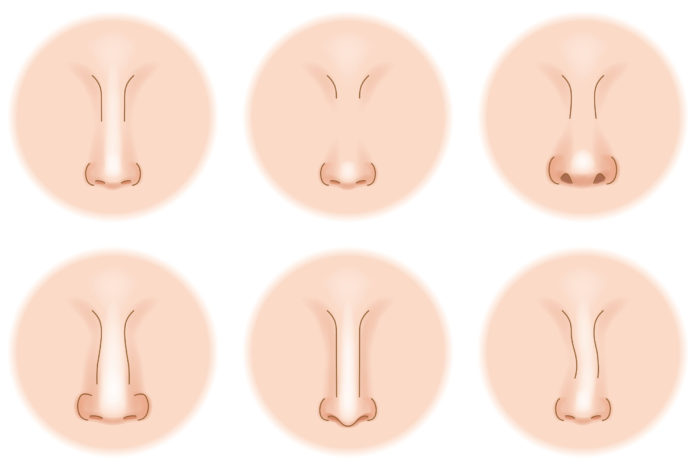There’s a saying that goes ‘don’t cut off your nose to spite your face.’ Any person familiar with the proverb knows that it means that one should not do anything harmful to another person that may hold consequences for oneself as well. But let us concentrate on the more obvious meaning of the statement. The nose is important, but why?
Most people know that the honker is used for smelling. What not many individuals may not be familiar with on the other hand is that in addition to sniffing, the nose also warms and humidifies the air we breathe in so that persons do not catch colds as often. The snout cleans the air going into our lungs as well.
The Study
Though the function of the schnozzle is the same the world over, different people from various parts of the globe typically spot noses of different shapes. A recent study conducted by an international team of scientists from the Pennsylvania State University has drawn up a hypothesis behind this difference in nose shapes.
“People have thought for a long time that the difference in nose shape among humans from across the world may have been the result of natural selection because of climate,” wrote Dr. Arslan Zaidi, a member of the research team, in the journal PLOS Genetics. He explained that his group had conducted the study by observing the shape of the nose itself as opposed to studying the human skull as previous researchers had done as doing so would yield more accurate results. He also cited physical traits in direct contact with the environment often undergoing natural selection and evolving as another reason for looking at the shape of the nose.
In their publication, the researchers described how they collected data on the diverse nasal shapes by using three-dimensional imaging to record facial measurements from volunteers from West Africa, East, and Asia as well as from Northern Europe. The team then analyzed the height, protrusion, nostril width and pigmentation of the snouts from their volunteer pool.
The scientists made the following observations about dissimilar nose shapes from their measurements. Volunteers from regions of high humidity and high temperatures such as in West Africa and Asia had noses with wider nostrils whereas those people from Northern Europe spotted longer noses with narrower nostrils. That variation in the width of the nostril, said Zaidi, could be because narrower nasal passages help to increase the moisture content of the air and warm it –convenient for those in higher latitudes. This conclusion drawn by Dr. Zaidi was supported by Katerina Harvati, director of the palaeoanthropology department at the University of Tübingen in Germany, who was not involved in this study.
Zaidi went on to say that the distinct nose shapes, though first altered by natural selection due to climate, were then passed down through genetics. He alluded to the possibility of conducting further research to clarify what nasal traits were differentiated by climate and natural selection, and which by genetics.
He also said,“There is no universally ‘good’ or ‘better’ shape when it comes to noses – your ancestors were adapted to the environments in which they lived.”




